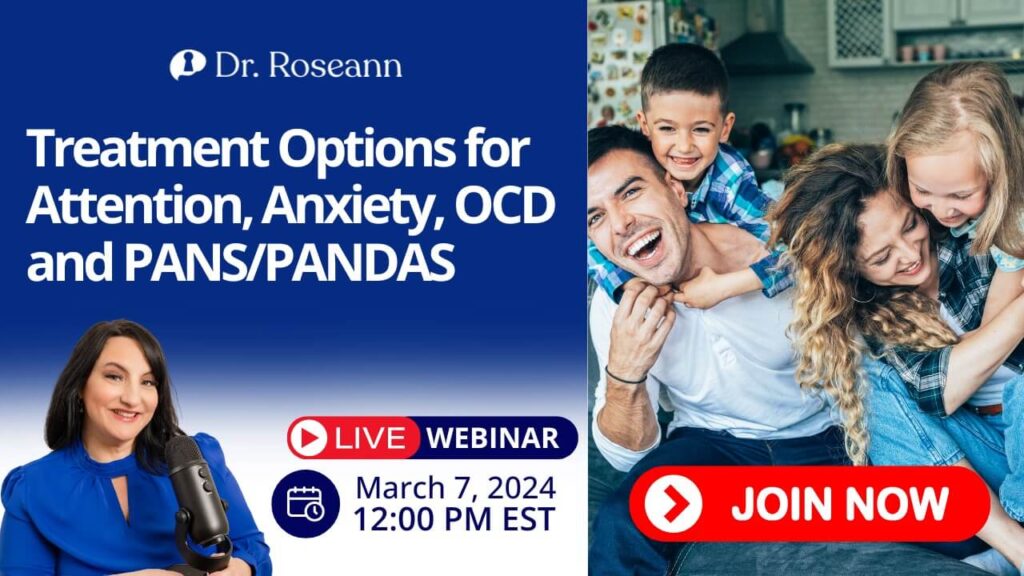Pathological Demand Avoidance (PDA) is a condition that may eventually gain recognition in the United States, though it may take time to be included in diagnostic manuals like the Diagnostic and Statistical Manual (DSM). And with the increasing prevalence of autism, currently affecting 1 in 27 boys and 1 in 44 births overall, conditions like PDA are likely to receive more attention.
The growing awareness of PDA highlights the importance of understanding its distinct features and providing tailored support for individuals affected by this condition. In this episode, we explore the signs, symptoms, and implications of PDA, shedding light on how it impacts children in different aspects.
Pathological demand avoidance (PDA) in relation to autism spectrum disorder.
Pathological Demand Avoidance (PDA) is often associated with Autism Spectrum Disorder (ASD). However, while it's widely recognized in Europe, it's not officially acknowledged in the United States although some argue that PDA should be included within the framework of ASD. Without a specific diagnostic category, it may be difficult for doctors to accurately identify and address the unique needs of individuals with PDA.
Understanding PDA is crucial, as it affects individuals differently and can overwhelm parents trying to comprehend why their child exhibits avoidance behaviors. Through increased awareness and access to resources, parents can feel more empowered to navigate the challenges associated with PDA and advocate effectively for their child's needs.
Additionally, fostering a supportive community where families affected by PDA can share experiences and strategies can provide invaluable emotional and practical support. Ultimately, by promoting understanding and acceptance, we can create a more inclusive environment where individuals with PDA can thrive.
PDA vs. autism, social difficulties, and avoidance.
Pathological Demand Avoidance (PDA) presents various challenges that distinguish it from Autism Spectrum Disorder (ASD). While both conditions involve social difficulties, PDA is characterized by an intense resistance to and avoidance of everyday demands. This resistance can manifest in seemingly unmotivated behavior, even in the face of enticing rewards—a stark departure from the typical response seen in individuals with ASD.
A defining characteristic of PDA is the intense emotional reaction individuals experience when they perceive a lack of control. This emotional intensity sets them apart from individuals with autism, who may exhibit social difficulties but not necessarily in the same emotionally charged manner. Unlike conditions like rejection sensitive dysphoria, where reactions stem from identifiable triggers, the triggers for PDA-related behaviors are less defined or less severe. This lack of clear triggers makes navigating everyday tasks particularly challenging for individuals with PDA and their caregivers.
Individuals with PDA may frequently engage in imaginative scenarios, making it challenging to redirect their focus. Moreover, individuals with PDA may employ social avoidance as a strategic tool to evade demands, leading some to perceive them as manipulative. However, this behavior stems from an innate drive to avoid tasks rather than intentional manipulation.
Traditional autism treatments, such as Applied Behavior Analysis (ABA), often yield limited effectiveness for individuals with PDA, highlighting the need for tailored interventions that address their unique needs and responses. While opinions on ABA vary, it remains a commonly utilized therapy with potential benefits for some individuals with PDA.
PDA and its impact on children's emotional regulation.
Children with PDA often exhibit heightened emotional outbursts, driven by anxiety rooted in their need for control. When confronted with circumstances that challenge their sense of control, they may react with extreme emotional responses. These emotional outbursts can be overwhelming for both the child and those around them, making it challenging to navigate daily interactions and routines.
Additionally, the anxiety-driven need for control can manifest in various aspects of their lives, from social situations to academic tasks. And despite potentially being less impaired than others on the autism spectrum, their emotional intensity can make those around them uncomfortable. Interventions like PEMF and neurofeedback can help regulate their emotions, but they may still struggle with reactivity. Understanding and managing these emotional reactions is crucial for providing effective support and interventions tailored to the unique needs of children with PDA. By addressing the underlying anxiety and helping them develop coping strategies, it's possible to mitigate the impact of these emotional outbursts and improve their overall well-being
To learn more about Dr. Roseann Capanna-Hodge and science-backed mental health solutions, please visit www.drroseann.com.
Links and Resources:
➡️ Join our FREE Natural Parenting Community to receive science-backed resources for your child and family. Join here.
➡️ Get help from Dr. Roseann and her team. Apply here.
➡️ “Is it ADHD or something else?” Take the quiz.








